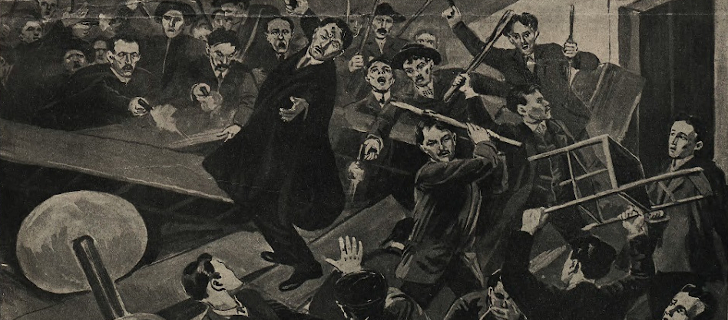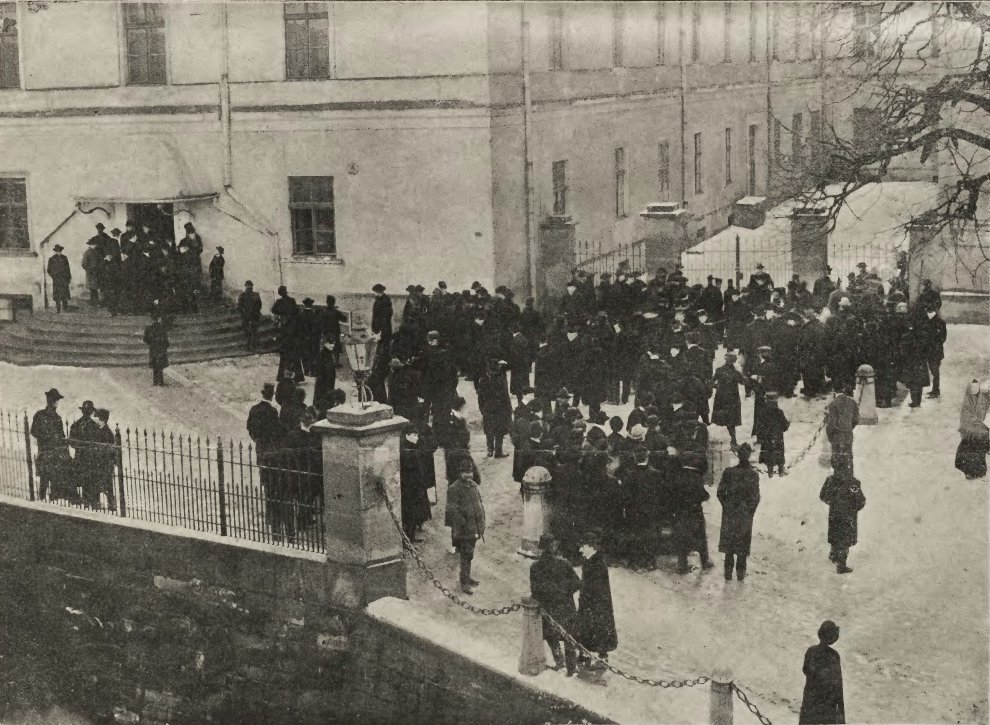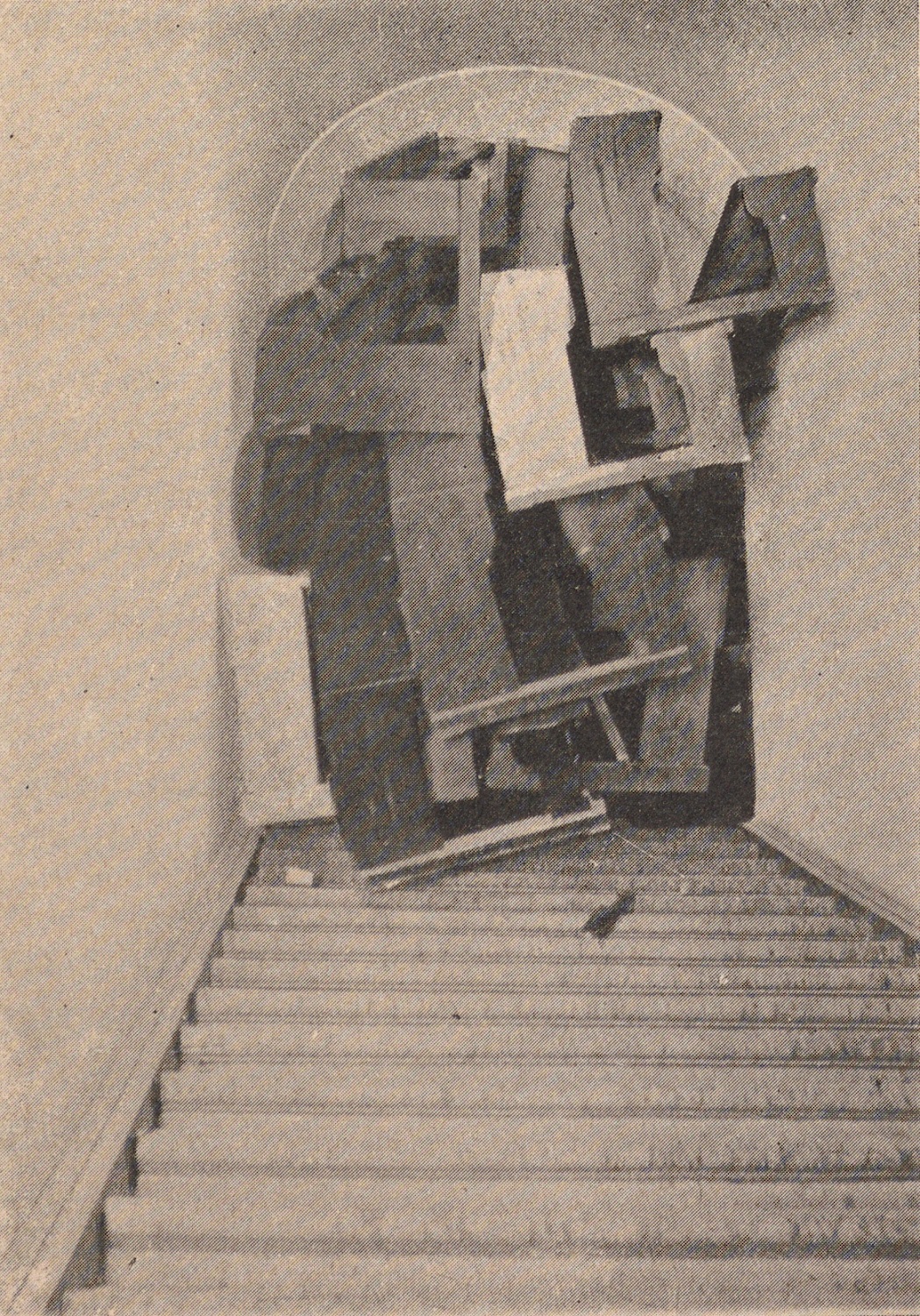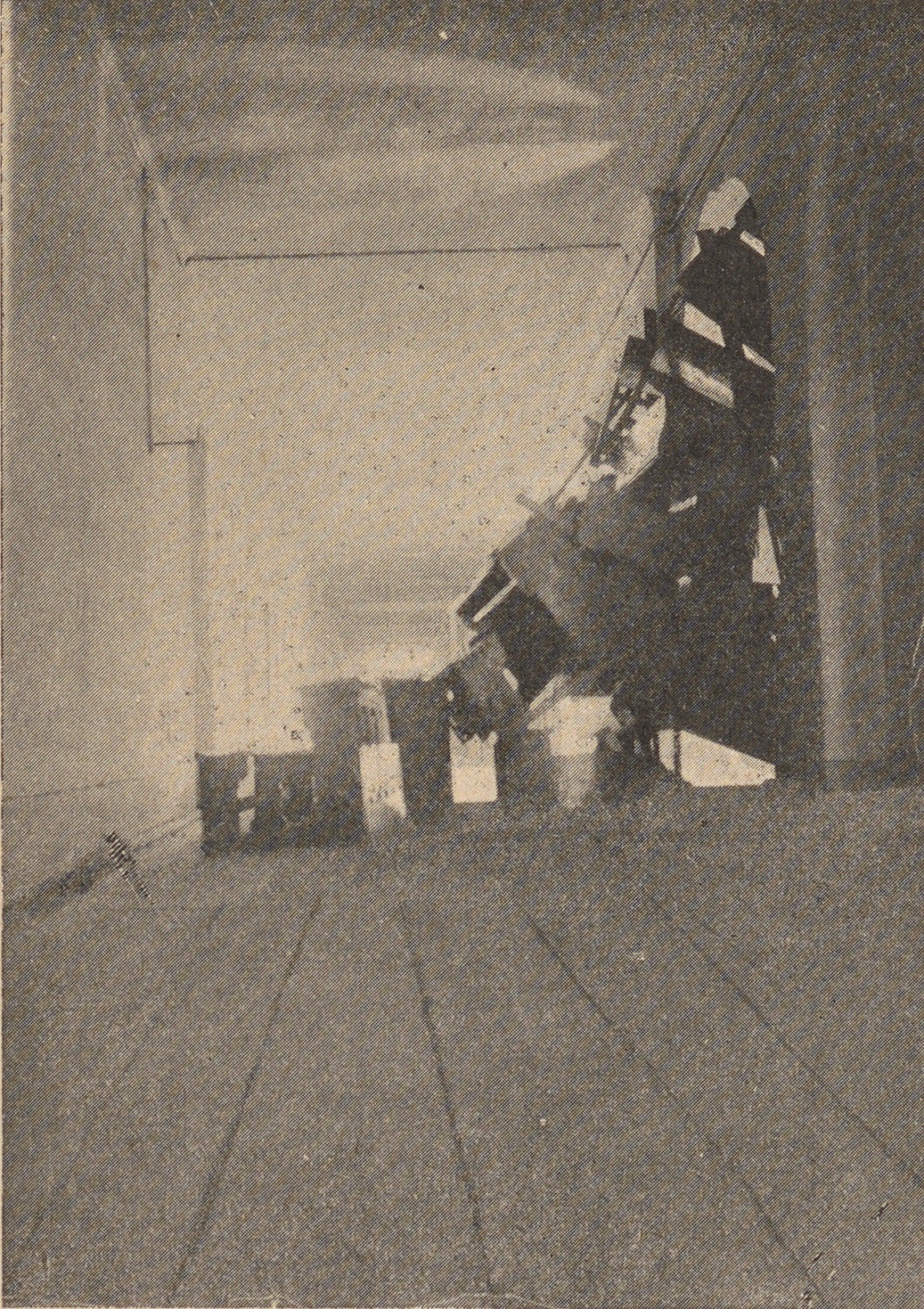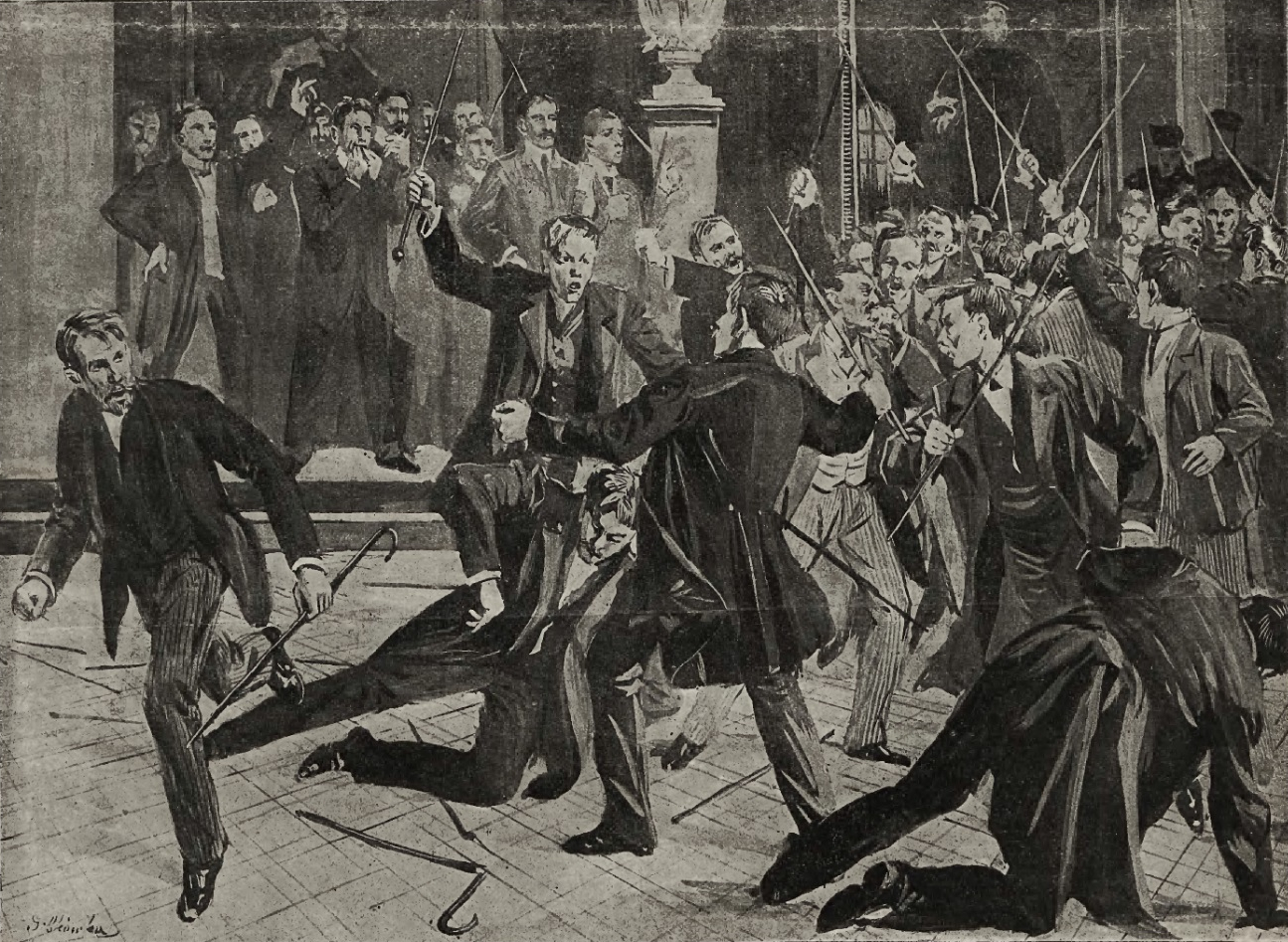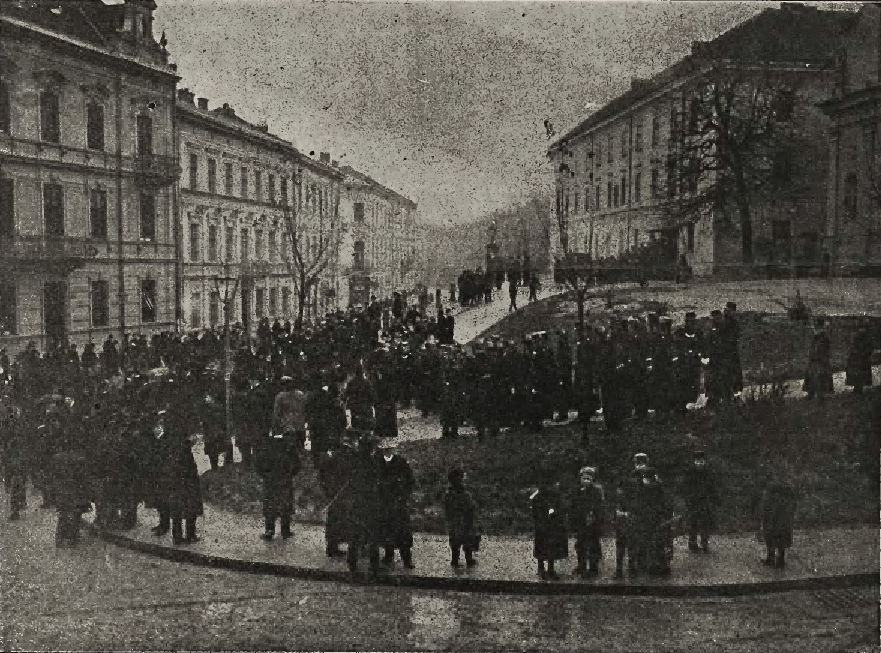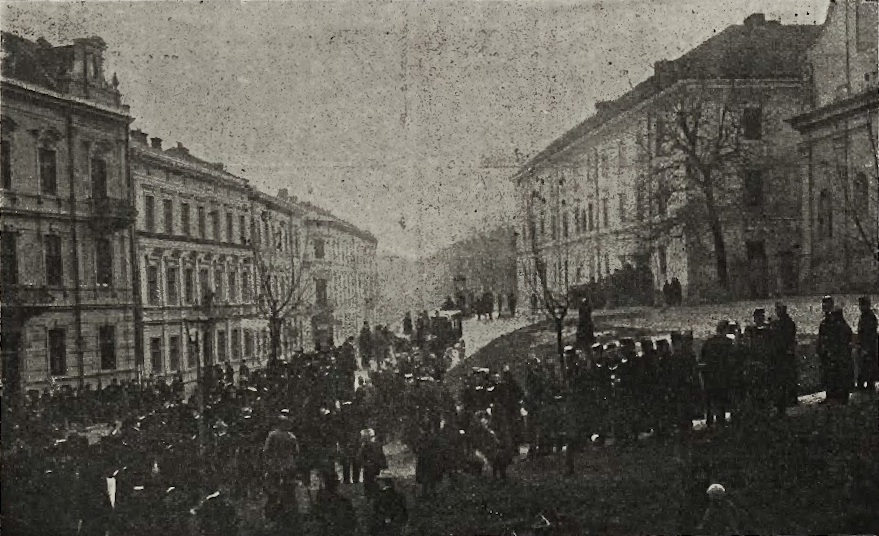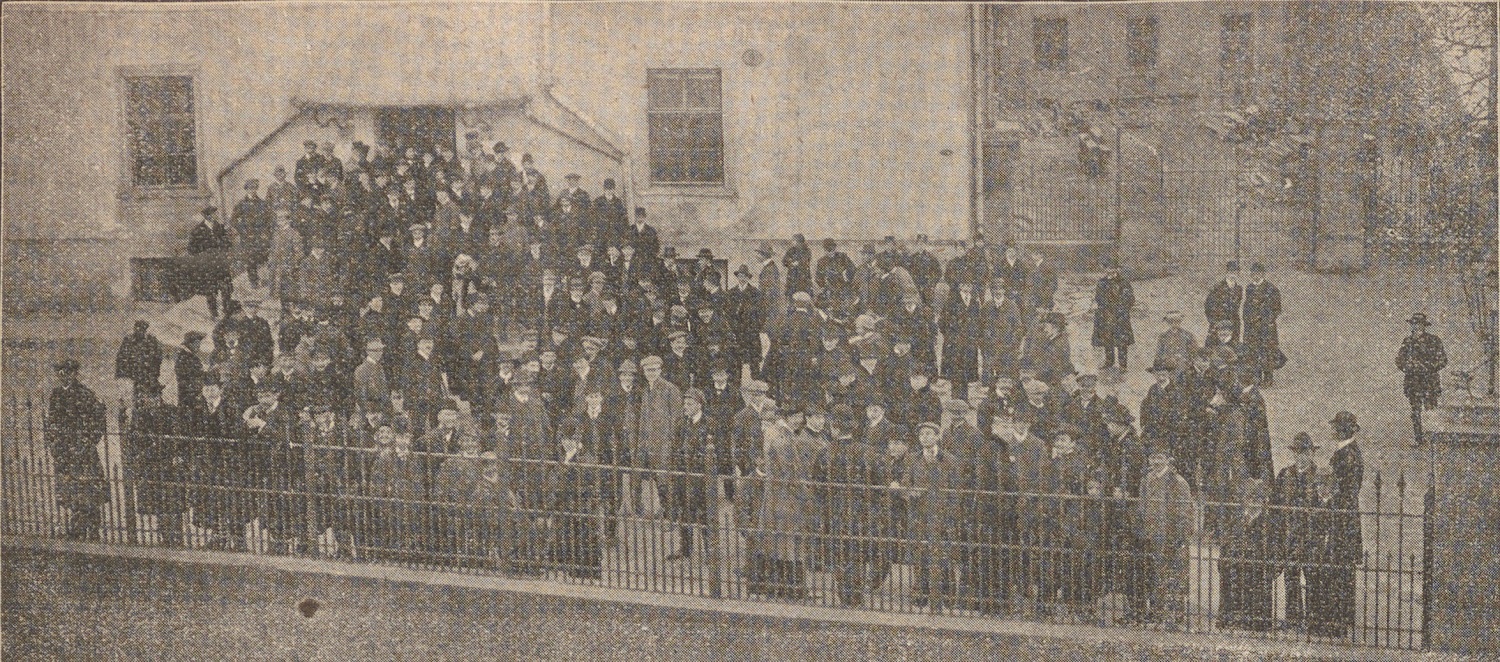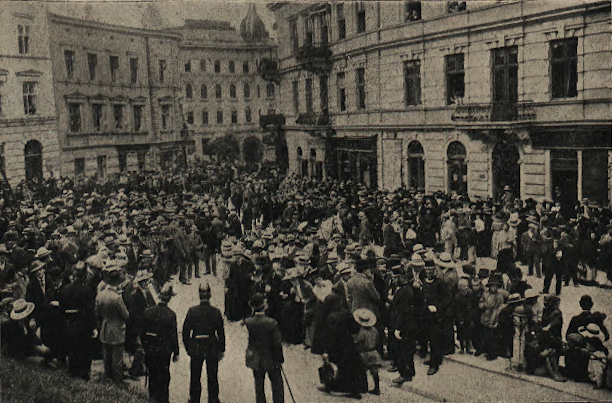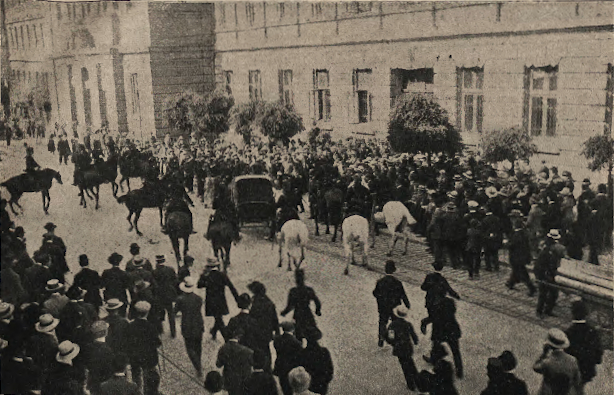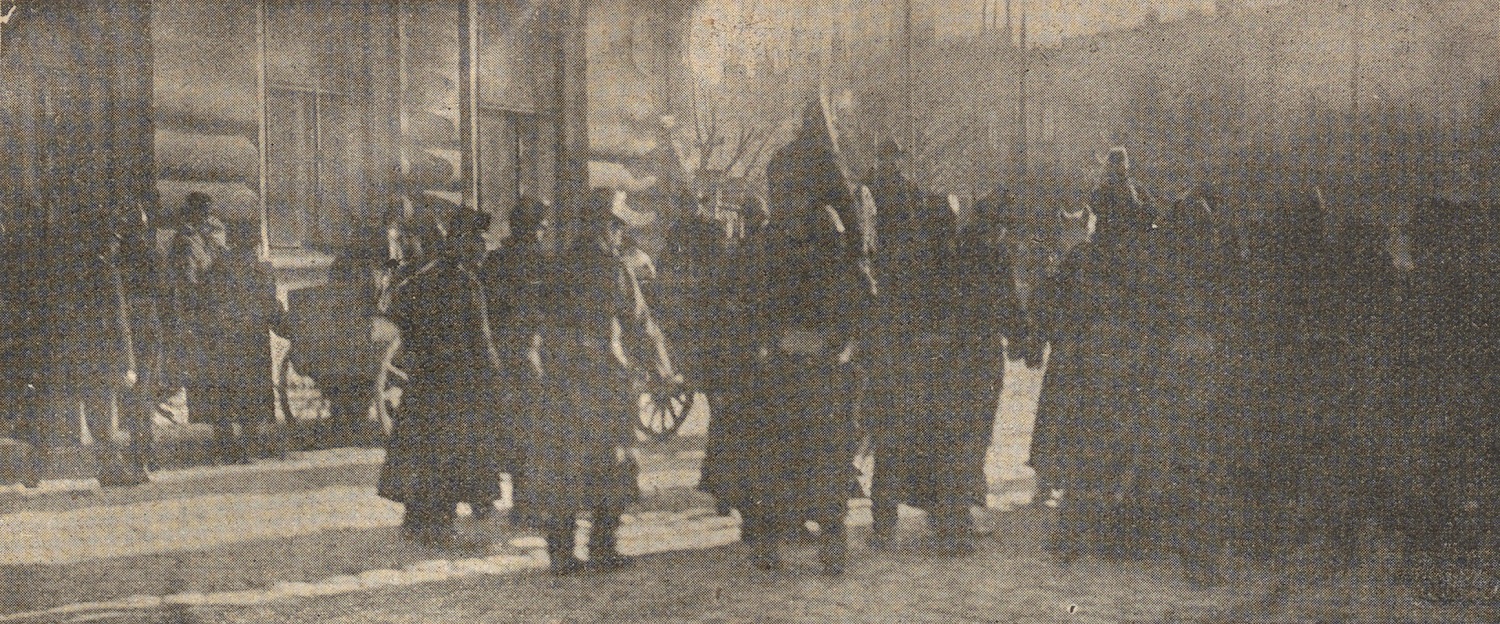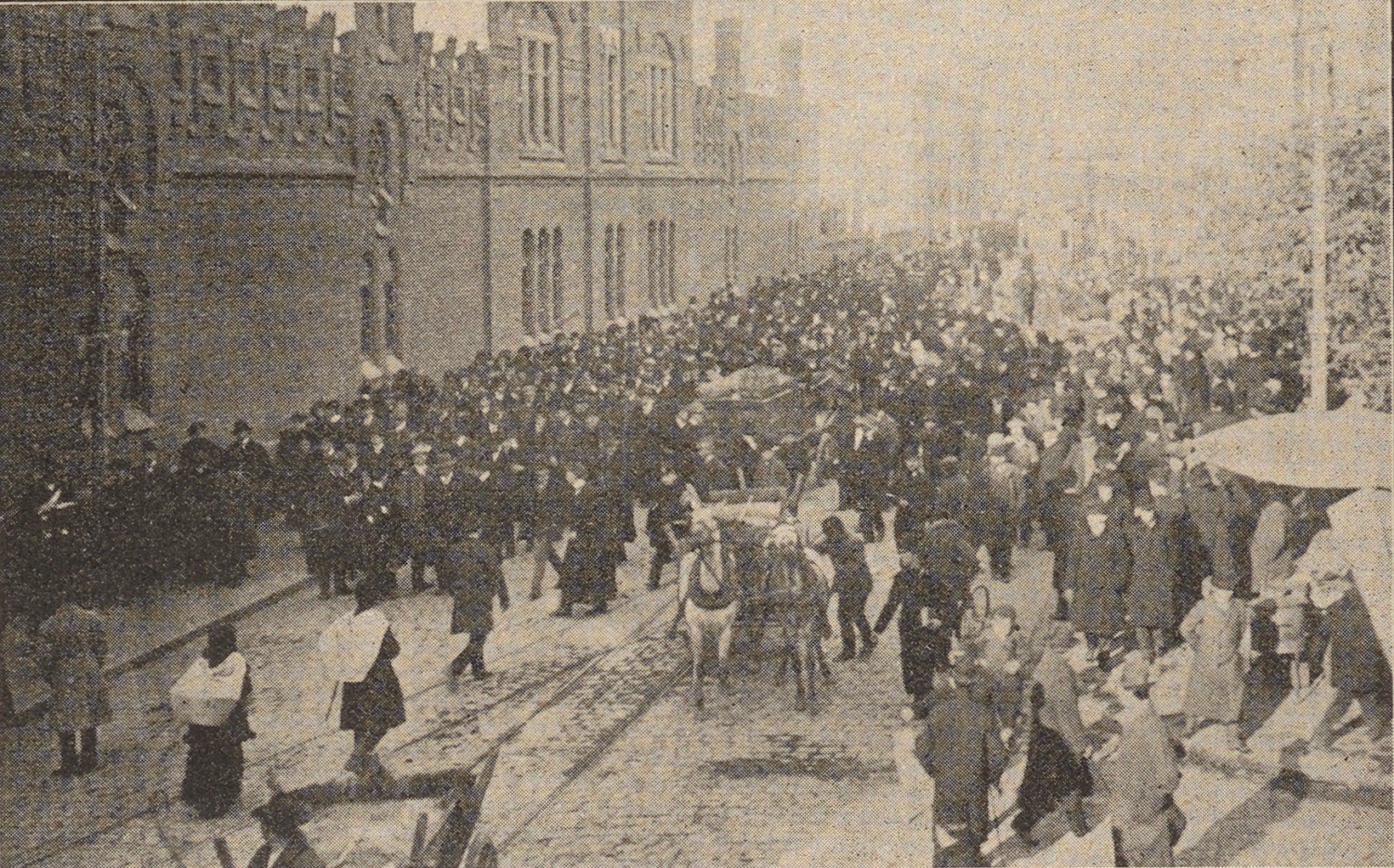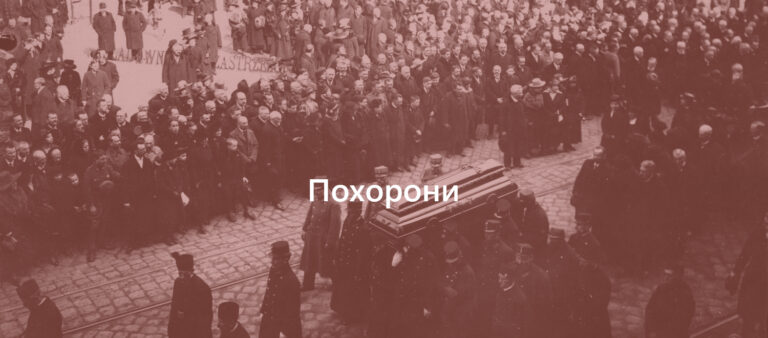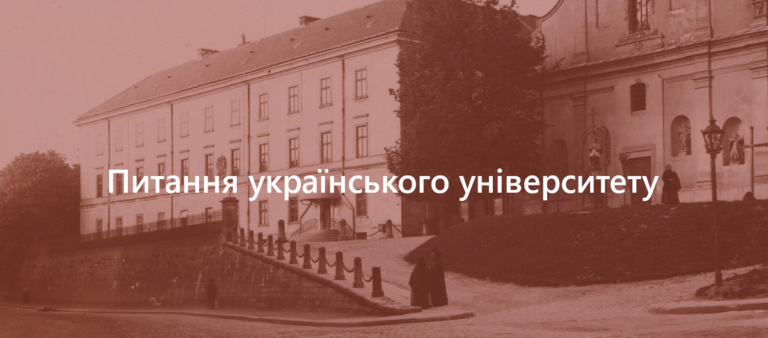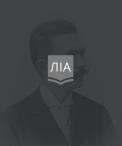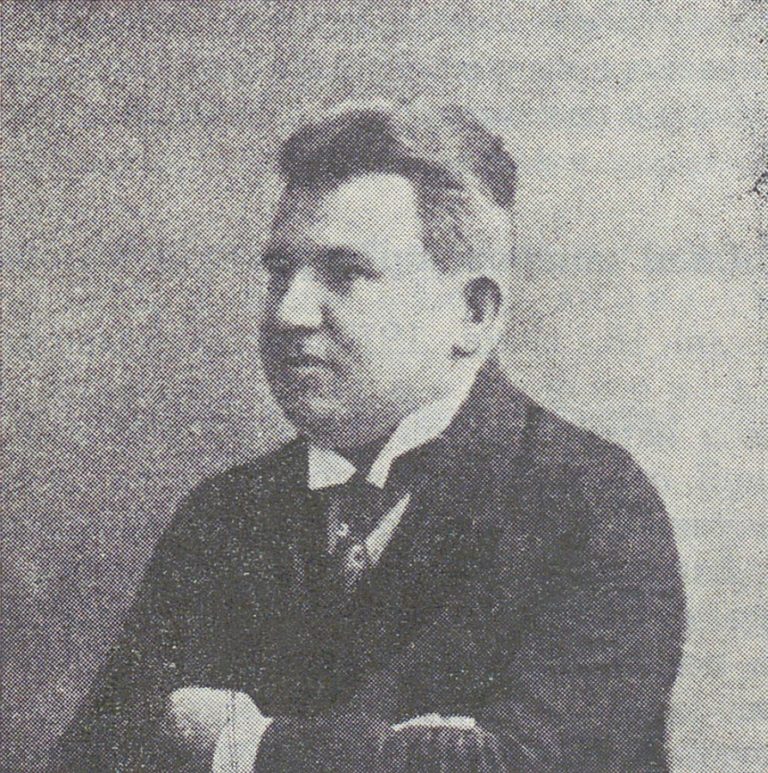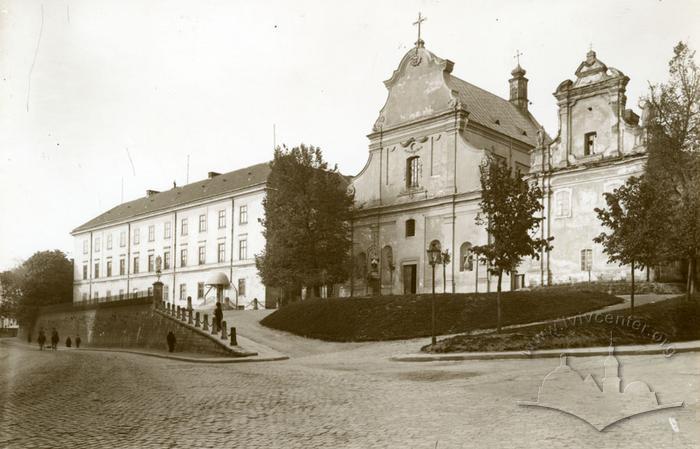The murder of Adam Kotsko took place in 1910 amidst the riots that broke out over the possible opening of a Ukrainian university. The student was one of the leaders of the Ukrainian student movement here. After the bloody culmination, the struggles switched to a more legal political course.
Before the Event
Establishing a Ukrainian university in Lviv as well as the Galician Diet's electoral reform were the two principal questions that shaped the attitudes of the politically active young people who joined either the Polish or Ukrainian national movements (such as the Moloda Ukraina). The representation of Poles and Ukrainians in the Diet was clearly unfavorable for the latter. Ukrainians have been organizing student meetings and rallies since the late 19th century. There was also an attempt at a withdrawal (the so-called secesssion) of Ukrainians from the University in 1901-1902; about 440 students took part in it. Even the Greek Catholic Metropolitain Andrey Sheptytskyi supported it, and a special "secession fund" was created in order to enable the students to continue their studies in other universities of the empire. All these actions, however, did not bring the desired results.
The 1905 revolution in Russia had a significant impact on the young; also many students from the Russian Empire settled in Lviv, fleeing persecution at home. Assasination of the Governor Andrzej Potocki by Myroslav Sichynskyi in 1908 fueled the situation further, creating an atmosphere of imminent disaster.
In 1906 and 1907, the Ukrainian students had already organized similar rallies at the university. Those escalated into mass fights; there were wounded and arrested. In 1907, the students placed a Ukrainian national flag on the university roof and built barricades, while Pavlo Krat, an emigrant from "Russian Ukraine," put on the rector's mantle and knived portraits of former rectors.
The Event Localization and Course
As reported by the Lviv press, on July 1, 1910, at 8.30 a.m., the Ukrainian students organized a rally in the third hall of the University. It was attended by about 300 people. The reason behind it was that the Austrian government had not started the procedure of separating the Ukrainian departments of Lviv University into a separate institution again because of a blockade by Polish parliamentarians.
The Polish students, who were in the minority on that day but hoped to prevent the rally from spreading out into a procession on the city streets, started building barricades. Some Ukrainians decided to interfere. A fight broke out, sticks and furniture were used and shooting began from both sides. Police arrived at the scene 15 minutes after the shooting started. As a result, one was killed (21-year-old third-year law student Adam Kotsko) and 28 were injured on both sides.
Police arrested 128 Ukrainian students, they were sentenced later to short-term imprisonments (from two weeks to seven months).
City officials allowed an arbitrary location for the burial of the killed student but scheduled the funeral for Monday, July 4. The organization was handled by a specially created committee headed by Volodymyr Bachynskyi; the director of the Narodna Lichnytsia ("People's Hospital"), Yevhen Ozarkevych, was to be responsible for medical care in case of an attack by Poles on the funeral procession. The funeral, which took place at the Lychakivskyi cemetery on July 4, 1910, turned into a real national demonstration. It lasted for six hours; numerous clergy, Parliament and Galician Diet deputies as well as intellectuals participated in it. The event culminated with a performance of the anthem "Shche ne vmerla." In addition, a special fund was set up to raise money in Galicia and America for the construction of a tombstone.
Interpretation of the Event
The majority of the Polish press supported the version that Adam Kotsko could have been killed by a bullet fired from the Ukrainian side. They considered his death a tragic accident.
On the contrary, the Ukrainian newspapers and political circles perceived it in radically different ways.
In the opinion of radicals, the students' violent struggle for a university was fully justified. The Hromadskyi Holos explained the fact of the students' possesion of firearms by their need for self-defence. Radicals saw Kotsko's death a death for truth, and those injured or detained by the police — as the best of the generation.
The clergy reacted with less pathos. According to them, it was the Polish press who warmed up the youth to defend the "Polish holdings." The demands of the Ukrainian students were fair, and Kost Levytskyi and Metropolitain Andrey Sheptytskyi took real steps to solve the problem. But the young did not listen to the elders' advice and did not refrain from holding manifestations. According to the clerical periodical Ruslan, Polish youth sought to protect Polish interests and this led to the murder. After the shooting, police arrested exclusively Ukrainian students as suspects (127 out of 299), while Polish students testified merely as witnesses.
The Russophiles traditionally blamed the Ukrainophiles for the 1910 university events. Ukrainian youth allegedly put too much hope in the leaders of the Ukrainophile movement, so they were confident of victory. According to the Russophile Halychanyn periodical, the Ukrainian leaders used the university case to fight the "Russians" and relied on the government support. At the same time, Polish students were encouraged by support from the university professors. Therefore, the Russophiles blamed the Polish professors and the Ukrainophile politicians for the student clashes. The Russophiles also noted that among the participants in the 1910 university events were many students of theology who studied at the theological seminary. After an intervention of the vice-rector, they were released (including a student from whom police had confiscated a gun).
The National Democrats were in a kind of "splits," balancing between loyalty and legality, on the one hand, and the increasingly radical sentiments of their supporters, on the other. Moreover, following years of struggle for a Ukrainian university and the party's support of the "secession," it was necessary to save face.
In the end, Adam Kotsko became for Ukrainians a hero and martyr tortured for the national cause.
Who was Adam Kotsko?
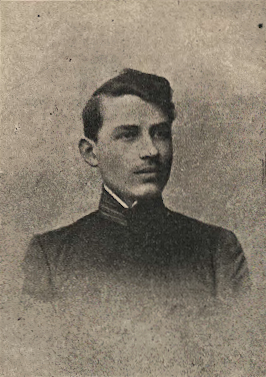
Adam Kotsko (in the uniform of a high school student)
Adam Zdyslav Kotsko (pl. Adam Zdzisław Kocko, born December 24, 1884, Sholomyya village, Bibrka district, now Lviv rayon, Lviv oblast — July 1, 1910, Lviv). He studied in Berezhany, Buchach, and Lviv as his family relocated frequently. His father, Andriy, was a copyist of documents of the Dniester insurance company, a Ukrainian. His mother, Salomea, was a housewife of Polish origin. According to unverified data, she was the granddaughter of a participant in the Kosciuszko uprising.
After graduating from the Academic Gymnasium in Lviv, Adam became a student at Lviv University (1905). He was an active participant in public and political life, a member of the youth society Vilna Hromada and the workers' society Volia. In 1906 he took part in skirmishes between Ukrainian and Polish students and was wounded in the head. In 1907 he was one of the most active participants in demonstrations for the opening of a Ukrainian university, which ended in arrests and a hunger strike.
He was a leader of the student movement and also an agitator among the peasants in connection with the electoral reform as well. He was arrested for inciting a strike and campaigning for labor emigration and was released after declaring a hunger strike.
Inspired by the revolutionary events in Russia, he crossed the border illegally and travelled through the villages of Dnieper Ukraine. He later travelled to America, and published materials about this in the Hromadskyi Holos (1910).
He died on July 1, 1910, 9 hours after being shot in the head.
